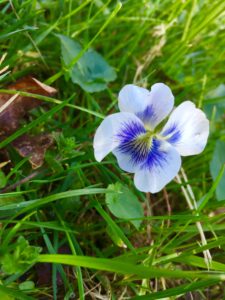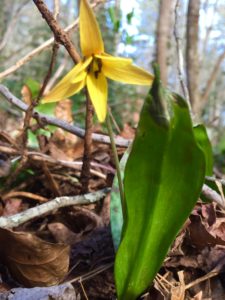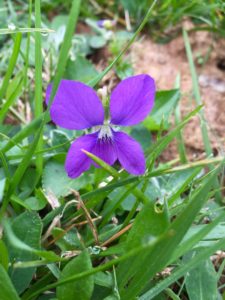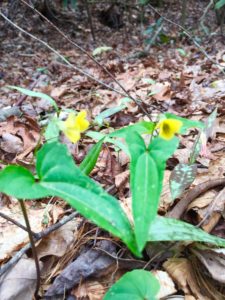Identifying Native Plants in Western North Carolina
go.ncsu.edu/readext?672773
en Español / em Português
El inglés es el idioma de control de esta página. En la medida en que haya algún conflicto entre la traducción al inglés y la traducción, el inglés prevalece.
Al hacer clic en el enlace de traducción se activa un servicio de traducción gratuito para convertir la página al español. Al igual que con cualquier traducción por Internet, la conversión no es sensible al contexto y puede que no traduzca el texto en su significado original. NC State Extension no garantiza la exactitud del texto traducido. Por favor, tenga en cuenta que algunas aplicaciones y/o servicios pueden no funcionar como se espera cuando se traducen.
Português
Inglês é o idioma de controle desta página. Na medida que haja algum conflito entre o texto original em Inglês e a tradução, o Inglês prevalece.
Ao clicar no link de tradução, um serviço gratuito de tradução será ativado para converter a página para o Português. Como em qualquer tradução pela internet, a conversão não é sensivel ao contexto e pode não ocorrer a tradução para o significado orginal. O serviço de Extensão da Carolina do Norte (NC State Extension) não garante a exatidão do texto traduzido. Por favor, observe que algumas funções ou serviços podem não funcionar como esperado após a tradução.
English
English is the controlling language of this page. To the extent there is any conflict between the English text and the translation, English controls.
Clicking on the translation link activates a free translation service to convert the page to Spanish. As with any Internet translation, the conversion is not context-sensitive and may not translate the text to its original meaning. NC State Extension does not guarantee the accuracy of the translated text. Please note that some applications and/or services may not function as expected when translated.
Collapse ▲Identifying plants can be difficult. In North Carolina, there are over 4000 different species of plants. If you knew 100 of the most common you would be considered a very knowledgeable gardener.
So how do we begin to identify all of the many beautiful plants that grace the hills of western North Carolina? Well, it helps to start studying. Familiarize yourself with the most common plants in your area using books. Some good ones are:
NC Wildflower Folding Pocket Guide
Wildflowers and Plant Communities
Phone-based plant identification apps have improved over the years. This one is supposed to be pretty good:
Plant ID app for mobile devices: PlantSnap (search in your app store)
There are many plant identification websites. These are helpful:
NC State University’s Plant ID website
Carolina Native Plant Society list
Remember, not all plants are good. Some plants from other countries are invasive and wreak havoc on our native plant communities.








